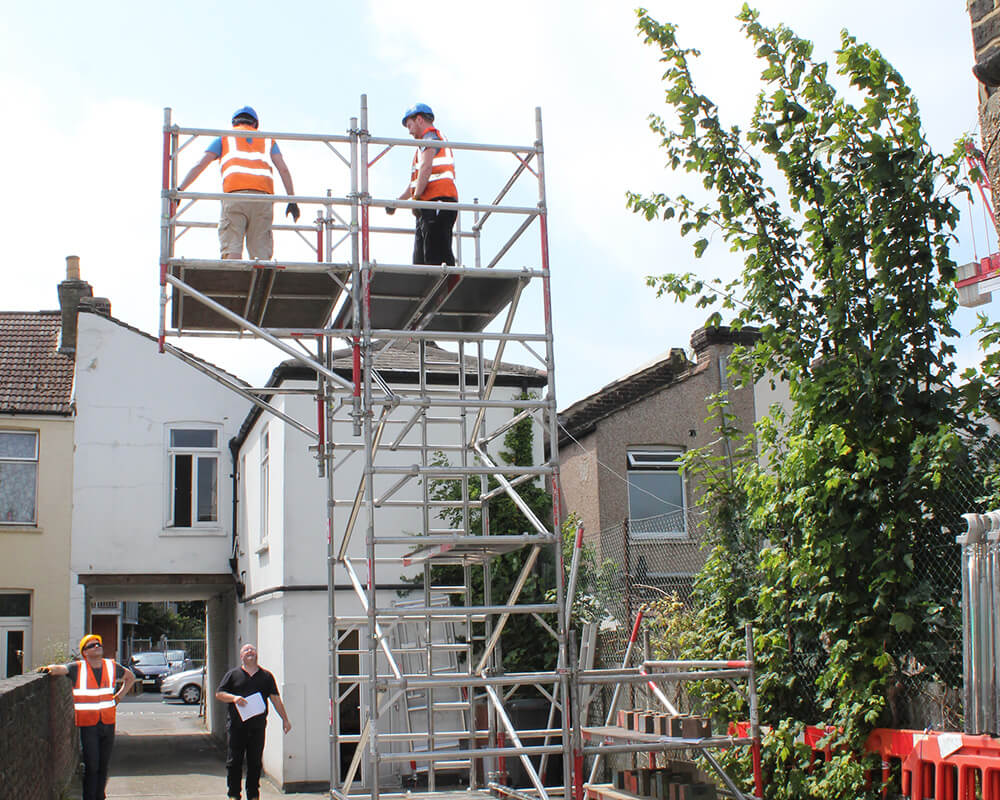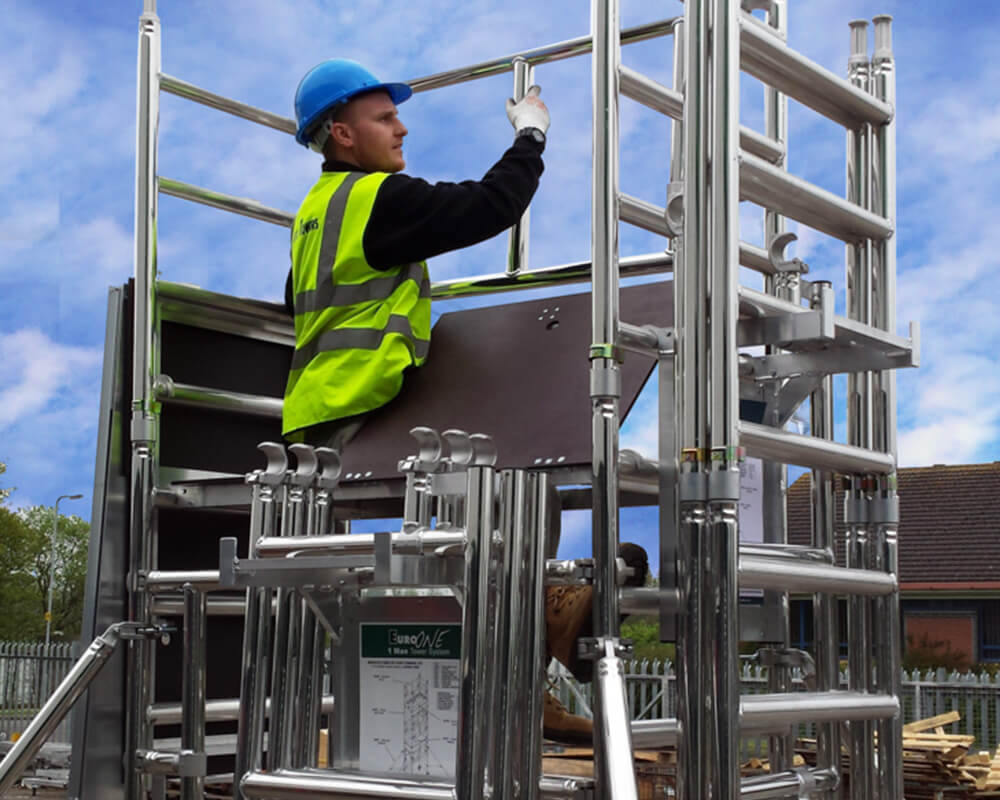Efficient Scaffold Hire: Maximising Your Project’s Potential
When it comes to construction and renovation projects, scaffold hire plays a crucial role in ensuring safety, efficiency, and productivity....
October 14, 2024
Tower scaffolds are essential structures in the construction industry, providing safe and stable platforms for workers to carry out tasks at height. Whether you’re a professional contractor or a DIY enthusiast, understanding how to maximise safety and efficiency when using these versatile structures is crucial.
In this comprehensive guide, we’ll explore the key aspects of tower scaffold usage, from proper assembly to maintenance and best practices, ensuring you can work confidently and productively at elevated heights.
One of the most critical aspects of using tower scaffolds safely and efficiently is ensuring they are correctly assembled. Let’s dive into the key components and steps involved in erecting a tower scaffold:
Before assembling your scaffold tower, familiarise yourself with its main components. These may include:
Follow these steps to ensure your tower scaffold is erected safely and efficiently:
Remember, always consult the manufacturer’s instructions and follow local regulations when assembling mobile scaffold towers.
Many of our mobile scaffold towers require minimal assembly. This means that you can get to work far more quickly and boost efficiency when working on time-sensitive projects.
Safety should always be the top priority when working with tower scaffolds. Here are some essential measures to implement:
Ensure all workers are equipped with appropriate PPE, including:
Conduct thorough inspections of your scaffold tower before each use and at regular intervals.
Be mindful of weather conditions when working on tower scaffolding. Avoid working in high winds or severe weather. Ensure the scaffold is properly anchored in windy conditions. And take extra precautions on wet or icy surfaces.
As you can see, proper deployment, correctly following health and safety procedures, and conducting regular inspections are all essential elements of the safe and efficient us of scaffold towers.
If you’re planning to work on a project with an element of working from height, at Access Towers, we can supply you with high quality scaffold towers to meet your exact project requirements. To find out more about our range of products and services call 0208 665 1181 or contact us online.
When it comes to construction and renovation projects, scaffold hire plays a crucial role in ensuring safety, efficiency, and productivity....
October 14, 2024
Tower scaffolds are essential structures in the construction industry, providing safe and stable platforms for workers to carry out tasks...
September 7, 2024
Anything above ground level is considered Working at Height. Access Towers are a large provider of PASMA Training and sit within the top 5% in the UK, allowing us to train the full range of 1-Day PASMA Courses to suit any of your work at height Tower Training requirements.
It is recommended by Health & Safety standards that those who are assembling Towers should be PASMA Trained. This will give operatives a 5-year qualification of competency for the use of mobile towers.
Certifications will vary depending on what equipment you’re hiring. It’s always best to speak with our Hire Desk if you are unsure, where they can advise what will be best for you or in more advanced working conditions, we can install onsite.
Training courses are for anyone using the equipment, from commercially to domestically. These will range from PASMA Training for the use of Towers, IPAF Training for the use of MEWPS as well as various other courses such as Safety Harness Training and First Aid.
Our Hire Desk are trained across the full range of work at height stock available and will be able to advise and assist cost-free.
We aim for a next-day turnaround, this is dependent on the transport routes and how busy we are at the time. It works both ways and could be earlier than your requested date.

